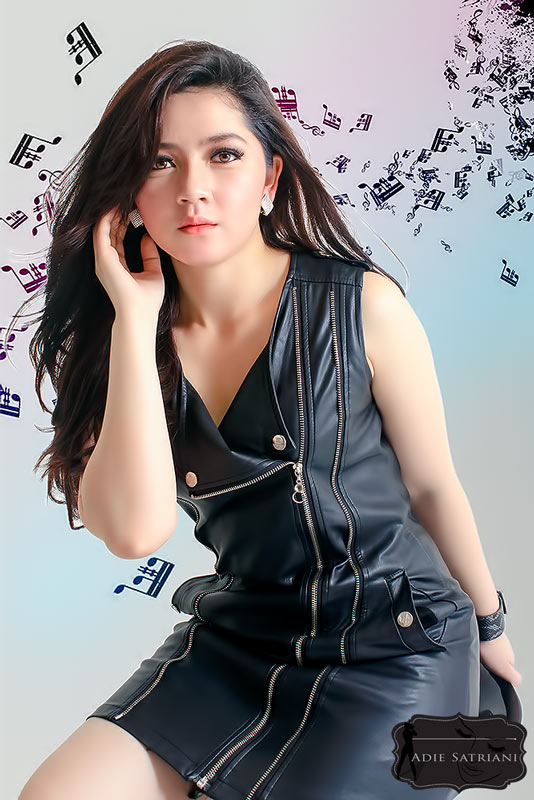

Using the mannequin, you should start with trying out some simple poses to get used to adjusting the body parts and using all the different movement controls on the left.Īfter you've gotten used to the controls, you can try out adding some basic props to the scene. In the same menu, you can even select one of the many props for the model to interact with, or try out different models like the anime model, making your poses even more interesting! If you don't want to take the time to create a pose, you can also use one of the preset poses on the right side of your screen or go to the pose library. Simply adjust the body parts by dragging them and rotate or move them along another axis by pressing the other movement selectors on the left side of your screen. Luckily, you can now get access to the same drawing mannequins but online and completely for free! Online drawing models like the one above are the perfect tool for every artist looking to practice drawing human figures or dynamic poses. Unfortunately, though, these wooden mannequins can be quite pricey for beginning artists and are limited in their customizability and adjustability.

These adjustable models are also often called drawing mannequins, or drawing figures and are available at most art stores. This is where an adjustable drawing model comes in handy. When you want to draw a specific pose, it can often be hard to find the right reference pictures for example. These references can be in the form of an image or video but the problem with that is that these aren't adjustable. This is why many artists use references when drawing the human body. Factors such as bone structure, muscles, and other anatomic details are very important but difficult to get right. When you're drawing the human body, you have to take a lot of different factors into account for the result to end up looking as realistic as possible. Especially when you are you are just a beginner or you're just getting into drawing more complex figures like dynamic poses where the body is in movement.

#Model poser full version
The calibrated parameters are then passed to the full version of SAGE to estimate general equilibrium impacts. We demonstrate the linking approach using stylized compliance costs that are consistent with the types of model outputs typically available from a technology-rich industry model to calibrate an identical equilibrium response in a corresponding partial equilibrium sub-model of SAGE. Environmental Protection Agency’s computable general equilibrium model, SAGE, to estimate the economy-wide social costs and distributional impacts of an environmental regulation when an iterative linkage between models is not possible. Keywords: Computable General Equilibrium Social Opportunity Cost Electricity Sector Aggregate Energy Consumption Environmental RegulationĪbstract: We develop a novel methodology for linking a detailed industry model, such as the Integrated Planning Model (IPM) of the electricity sector, with the U.S. Subject Area(s): Modeling, Economic Impacts, Distributional Effects, Costs of Pollution Control, Electric Power Evans, Alex Marten, Ann Wolverton, and Wade Davis


 0 kommentar(er)
0 kommentar(er)
